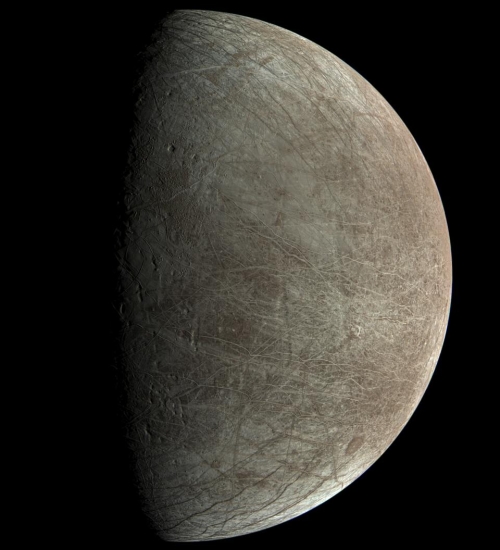Today’s blacklisted Americans: All normal girls banned from locker room because one cross-dressing boy demanded it

Blake Allen, punished for being a normal high school girl
They’re coming for you next: This story, which broke on September 28, 2022, is so absurd that at first glance it is hard to believe: Officials running Randolph High School in Vermont have banned from the girls locker room all girls from the school’s volley ball team because one cross-dressing boy was using it and the girls had the unmitigated nerve to express strong discomfort changing clothes in the presence of a male.
The quote below tells the tale, but in order to make it more precisely describe reality, I have replaced the meaningless words (“trans”, “transgender” “they”) that our queer dictators have imposed on mainstream news sources with words that actually describe the facts.
[Blake] Allen [one of the girls] says that the dispute started when the [boy who likes to wear woman’s clothing] made an inappropriate comment while members of the volleyball team were getting changed. She says her issue is not with having the [cross-dresser] student on the team or at school, but specifically in the locker room. “There are biological boys that go into the girl’s bathroom but never a locker room,” Allen said.
» Read more

Blake Allen, punished for being a normal high school girl
They’re coming for you next: This story, which broke on September 28, 2022, is so absurd that at first glance it is hard to believe: Officials running Randolph High School in Vermont have banned from the girls locker room all girls from the school’s volley ball team because one cross-dressing boy was using it and the girls had the unmitigated nerve to express strong discomfort changing clothes in the presence of a male.
The quote below tells the tale, but in order to make it more precisely describe reality, I have replaced the meaningless words (“trans”, “transgender” “they”) that our queer dictators have imposed on mainstream news sources with words that actually describe the facts.
[Blake] Allen [one of the girls] says that the dispute started when the [boy who likes to wear woman’s clothing] made an inappropriate comment while members of the volleyball team were getting changed. She says her issue is not with having the [cross-dresser] student on the team or at school, but specifically in the locker room. “There are biological boys that go into the girl’s bathroom but never a locker room,” Allen said.
» Read more











